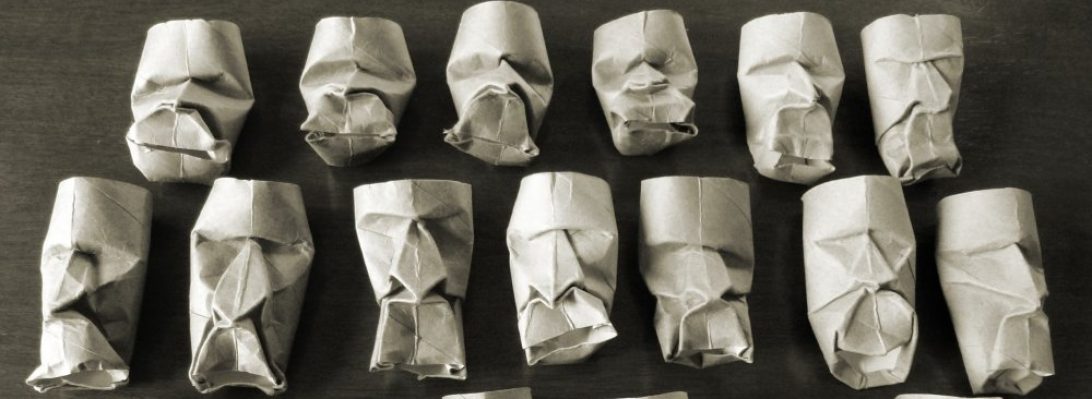When I saw the folded form I thought there must be some trickery here:

All I had access to is the crease pattern (CP) for this model, and, given I am trying to develop my CP solving skills I thought it fair game to give it a try.

Based on a 16×16 grid, some strategic box pleating and an ingenious colour change we have a classic music stand, 3 shapely legs and a piece of sheet music that is a different colour to the stand – magic.

I like this model a lot – it just sort of coalesced in to a successful model for me, although the first fold was on paper that was same both sides but I could see the potential for colour change and had to fold it in duo paper,


























